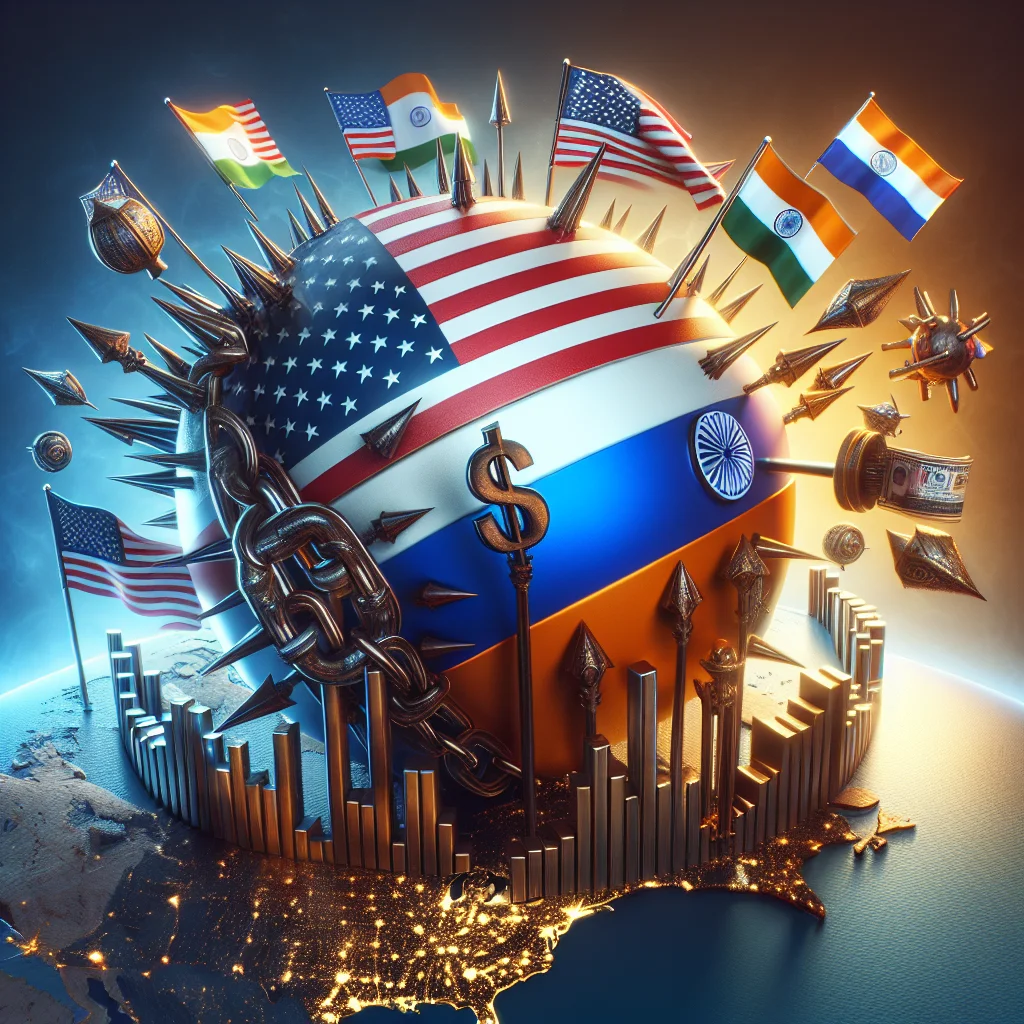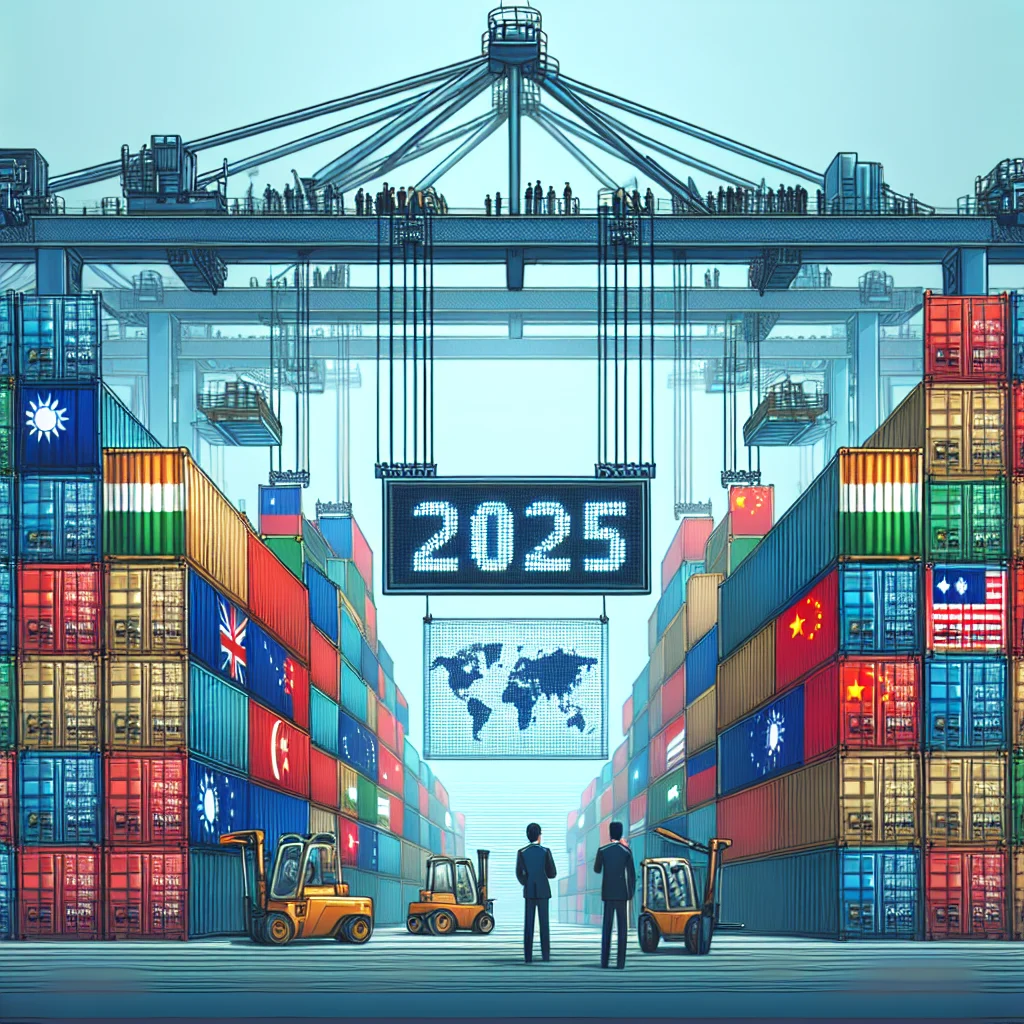
Washington, D.C. — On July 30, 2025, President Donald Trump announced sweeping new tariffs on Indian imports, imposing a 25% levy on a wide range of goods entering the United States. The move comes amid escalating concerns over India’s continued trade and energy cooperation with Russia, defying Western sanctions in place since the Ukraine conflict.
Details of Tariffs and Penalty Measures
The new tariff, effective August 15, targets key sectors including textiles, pharmaceuticals, automotive parts, and information technology products. In addition, the administration unveiled a separate 'penalty surcharge' of 10% on Indian firms and products found to be engaging in trade with Russian entities under U.S. or allied sanctions.
- 25% tariff applies to $54 billion in annual Indian exports to the U.S., according to the U.S. Trade Representative.
- Penalty surcharge targets companies violating restrictions related to Russia’s defense and energy sectors.
Background and Rationale
Trump administration officials cited India’s ongoing oil purchases from Russia and its expanding defense collaboration as primary factors for the policy shift. Despite repeated warnings from Washington, New Delhi has maintained its neutral stance on the Ukraine conflict, arguing that energy security and economic priorities justify continued engagement with Russia.
The White House stated, "The United States must protect its economic and strategic interests. Countries undermining international sanctions and trading with adversarial nations will face consequences." The administration also emphasized the necessity to address what it termed as “long-standing trade imbalances.”
Reactions from India and Global Markets
The Indian Ministry of Commerce called the tariffs "unjustified" and warned of potential retaliatory measures. Indian stock markets fell sharply following the announcement, while the rupee slid to a new low against the U.S. dollar. Major Indian exporters, particularly in the pharmaceutical and tech sectors, voiced concerns over supply chain disruptions and increased costs.
Global markets reacted with volatility, as investors weighed the potential impact on U.S.-India trade relations and broader geopolitical tensions. The World Trade Organization (WTO) expressed concern, urging both nations to seek dialogue to resolve differences.
Implications for U.S.-India Relations
This latest escalation marks a significant downturn in bilateral relations, which had seen progress in technology, defense, and climate cooperation in recent years. Diplomatic analysts warn the tariffs could push India closer to alternative trading partners, including China and Russia, further complicating global alliances.
The new tariffs and penalty measures are expected to be a major subject at the upcoming G20 summit in Istanbul, where world leaders will address trade, energy security, and ongoing geopolitical challenges.












